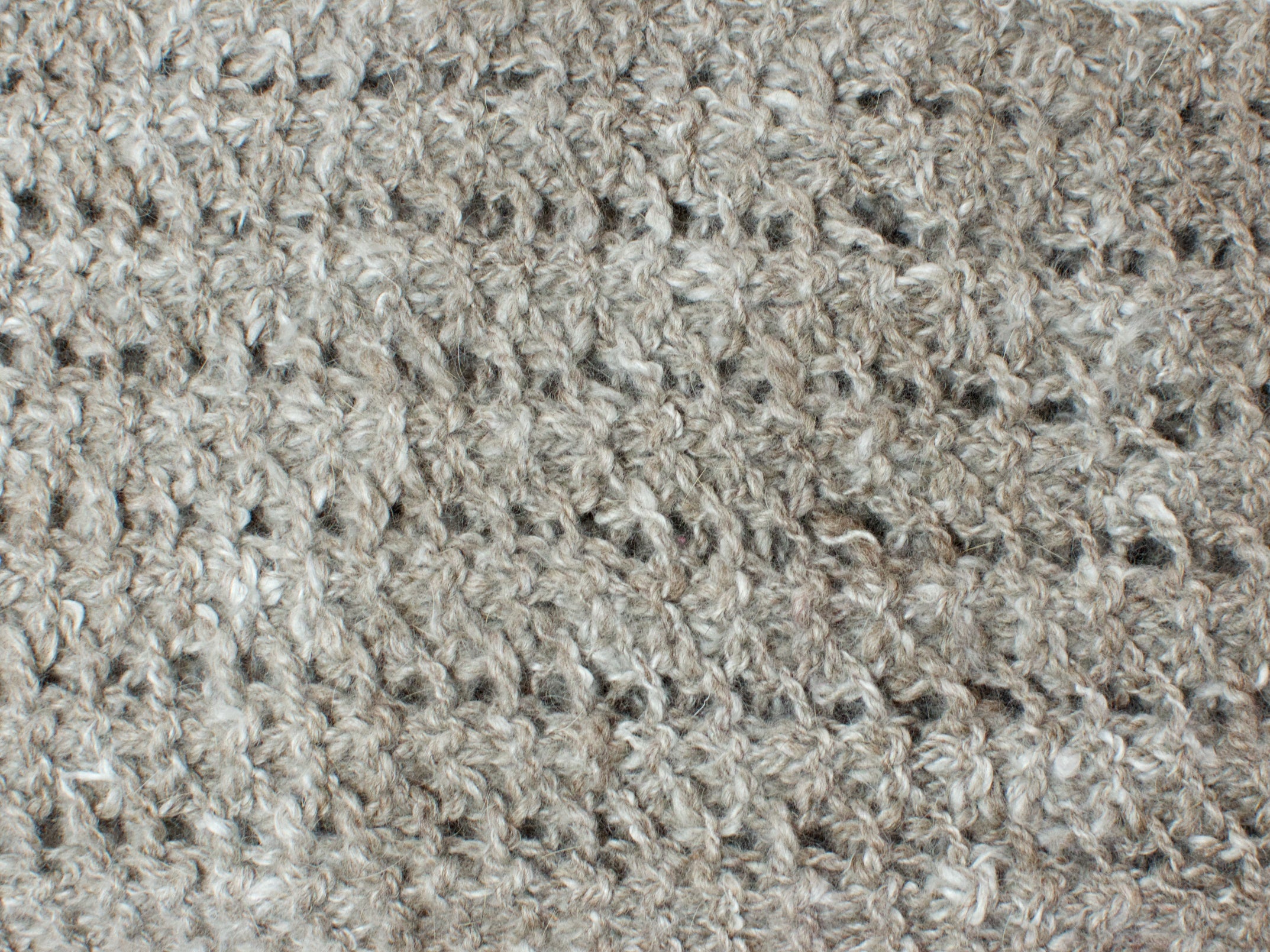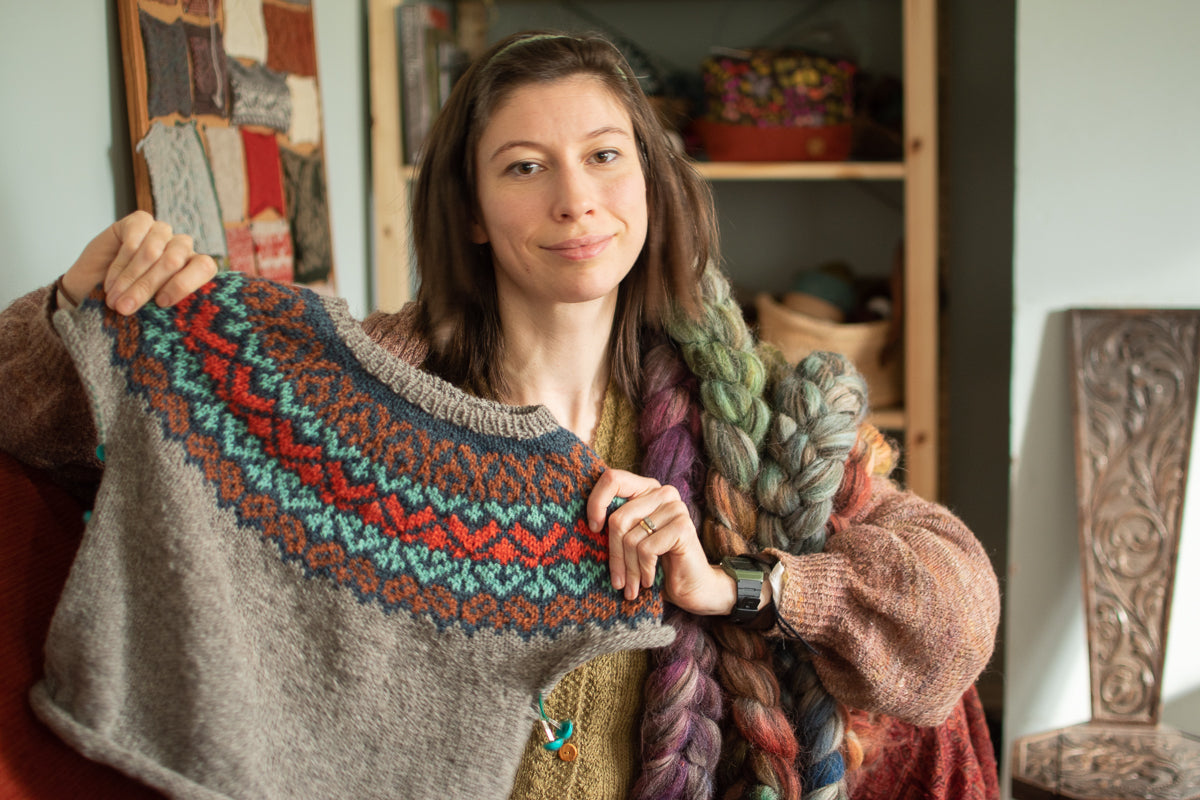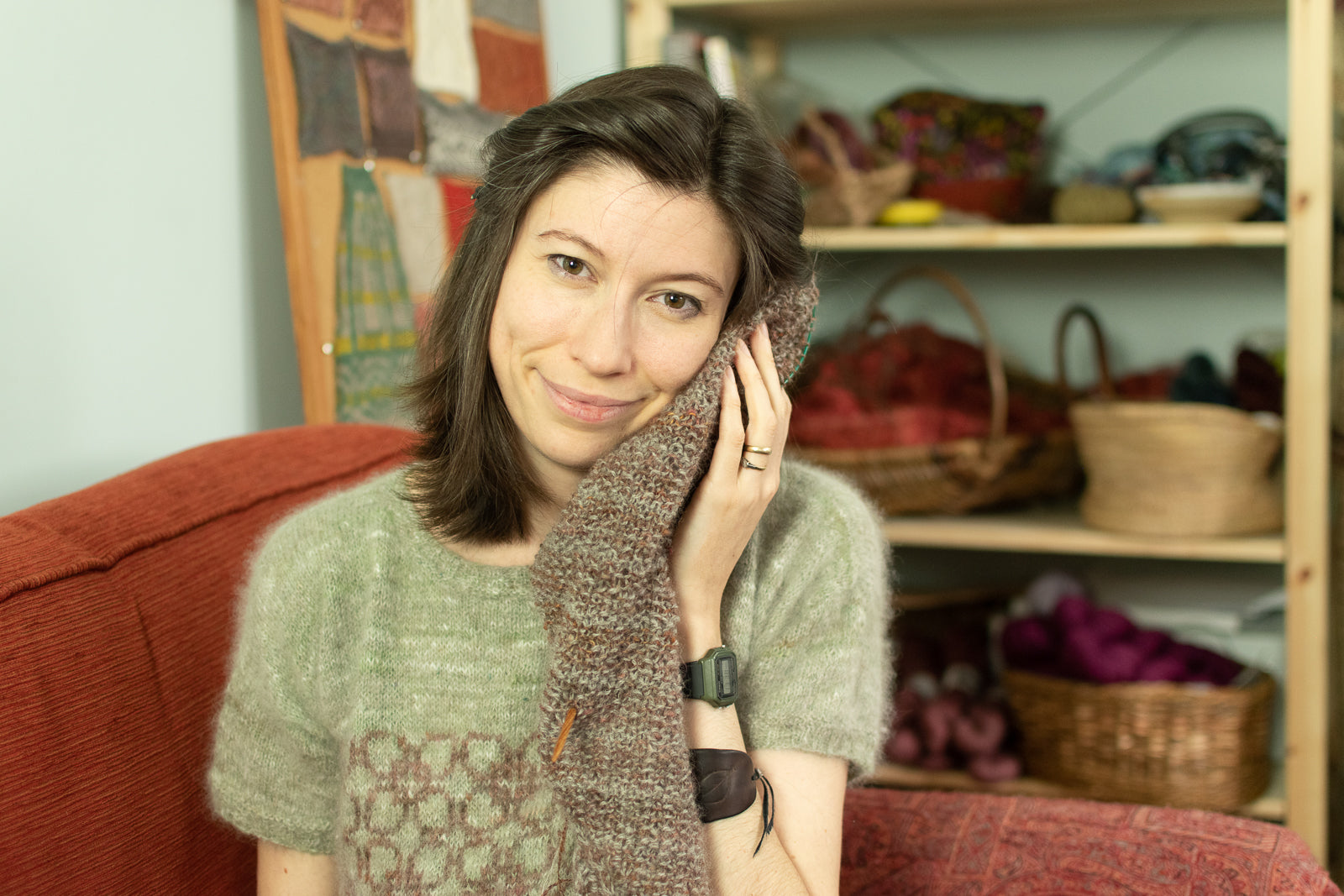If this looks like an enormous amount of text to you (which, to be honest, it is), scroll right to the bottom if this post for a video of me chatting over a lot of the points I discuss in a live Q&A session I did on Instagram a few weeks ago.
So what does a tech editor actually do?
The key point is, though, the tech editor does not knit the item. Very occasionally if there’s a complex or unfamiliar technique we may knit a quick swatch to double-check it all works. But generally check the pattern alongside a spreadsheet we make with all the sizes and stitch numbers, and occasionally scribble things out on paper, and work it all out in our heads.
In my opinion, patterns should always be tech edited and test knitted – knitted by hopefully at least two people per size or variation. There are some things that a tech editor can’t pick up that a test knitter will be able to. It often doesn’t matter which goes first, but I think, out of consideration for test knitters – who are usually unpaid – it is more respectful to tech edit first.
A tech editor checks that all supplemental information is present (yarn requirements, needle sizes and specifications, gauge details, definitions for abbreviations etc.). We’ll check the pattern instructions, making sure that the stitch counts all add up row by row, and that no steps are missed. We’ll point out places where the wording may be confusing, and might suggest alternatives.
A key requirement for a professional-looking pattern (which, if it’s for sale, it definitely should be) is ensuring that some kind of style is followed. This means that information and instructions should be formatted in the same way throughout the pattern. So if one row says ‘K1, p2, k to end’, and that row is repeated later on, it shouldn’t then be written as ‘Knit 1, purl 2, knit to the end of the row’.
Patterns are not literature: they should be easy to follow and digest without too much examination (as long as they knitter’s skills are up to it, of course!). Many designers will have a style guide that includes how to present and phrase things so they are consistent within each pattern and across their range of patterns.
Tech editors often offer complementary services too, such as writing up a style guide, grading for multiple sizes, generating charts for stitch patterns, creating schematics for patterns. Not all tech editors offer these, and some are specialised skills in themselves. For example, I create charts, style guides and schematics, but currently don’t take on grading work.
A lot of the reason to hire a tech editor is to find errors. When we find problems, there are two ways to proceed. Either we highlight the issue, saying ‘these numbers don’t add up’ or similar, and leave it to the designer to fix. Or the tech editor can fix the problem themselves. I usually work the first way, and generally tech editors working with publishers for patterns in magazines etc. will work the latter. I’ve never tech edited for a publication, so am not familiar with that style of working.
When working directly with the designer, it’s definitely a partnership. I find it nice to build up a relationship with designers so you get familiar with each other’s way of working.
Marina as a tech editor
While there’s a place for patterns that are just meant to get the knitter from A (a pile of yarn and needles) to B (a finished knitted item), regardless of written style or presentation, I am probably not the right tech editor for them. Designers pay me to make their patterns the best they can possibly be, and that’s exactly what I aim for.
So I offer the works. I’ll not only check the pattern for technical accuracy, I’ll proofread it and, if necessary, throw in a little copy editing. I check that the designer isn’t mixing up UK and US spellings. Not a native English speaker? I’ll point out if the prose sounds a little unnatural in places, along with suggestions for fixes. I worked in publishing as a proofreader and editor for a few years so bring a lot of this experience into my work.
Despite being fastidious, I’m not a terrifying gorgon to work with. I like to think I’m approachable and friendly, and will always be kind in my feedback on patterns. I know that hearing your work has errors in it is always horrible, so I never want to make a designer feel bad about that. Humans make errors, fact. If anything I like finding the occasional mistake or problem, because it means it was worthwhile hiring me!
The process
- Finding a tech editor: look online. Ask for recommendations from other designers, check on Ravelry, Facebook groups, even Google. Check out their websites, social media etc. and think, ‘Does this seem like someone I’d work well with?’ Consider what time zone they’re in, whether they specialise in a certain kind of pattern etc.
- Get in touch! I usually receive enquiries via email. Key things to check are: is the tech editor taking on new clients? Do they have availability at the time you need your pattern edited? And what are their rates – do they bill hourly or a flat fee? (See section below for a bit more on that). If you do have a pattern ready to go, it always helps to send it along.
- On receiving an email like the above, I get a big old smile on my face because someone wants to trust me with their precious design work. It’s an honour. I’ll reply to all of their questions and give some info on how I work, providing a quote and some boring details on invoicing etc. It has to be done. At this stage, don’t feel pressured into accepting a quote or estimate. If something doesn’t feel right to you, you’re under no obligation to proceed.
- If the quote is acceptable, we work out a deadline and how we’re going to work. This varies depending on file format. These days the clearest and most efficient way to work, I find, is via a Google Doc, where I’ll suggest changes and edits, and the designer can accept them or not. This works best if I’m working on the pattern before it’s been laid out into its final design. If it is already laid out, I can mark up a PDF with comments. If there are a lot of changes needed, this can be laborious as it’ll be down to the designer to copy across every edit into the working version of the pattern.
- I’ll usually do a first thorough sweep through the pattern. I work through it in two stages: the first time to assess style, formatting, and general clarity of instructions. The second time I’ll check every number, every calculation, every measurement. I like to take a break between these two stages to come back to it with fresh eyes. It’s amazing the things you can miss once they become familiar.
- All comments go back to the designer to address. Sometimes that’s that: changes needed are minimal, and I’m quite happy for it to be published without seeing it again. But I usually expect to do a couple of rounds of checking and commenting as the designer and I address each other’s queries and find solutions to problems.
- Once we’re both happy with it, that’s the main work done. I always like to see a PDF of the pattern before publication, especially if we were previously working on a Google Doc or similar. If the pattern is sent to test knitters after I’ve done the main edit, I like to know if any changes are made so I can double-check them.
- The pattern’s ready to go out into the world!
The above can take enormously varying amounts of time. For fast turnaround (i.e. less than a week from quote to publication) I’ll often have to charge more as it requires shuffling my schedule around, and sometimes I just can’t do it. Usually though, the whole process will take at least a couple of weeks.
Rates and fees
The exception to this (which is very rare) is if there are some enormous problems with the pattern that weren’t apparent to me on my first scan. If I find large chunks that need completely reworking, I’ll advise the designer. Depending how far through I am, it might be possible for them to take in my comments so far, fix the major problems on their own, and send it back for me to continue. But sometimes, if it means me redoing a lot of work that I’ve already covered, it will incur extra cost that I request approval for before proceeding.
So now you know!
If you have any questions or comments I’d love to hear them! Either leave a comment below, or send me an email, or a message on Instagram.


